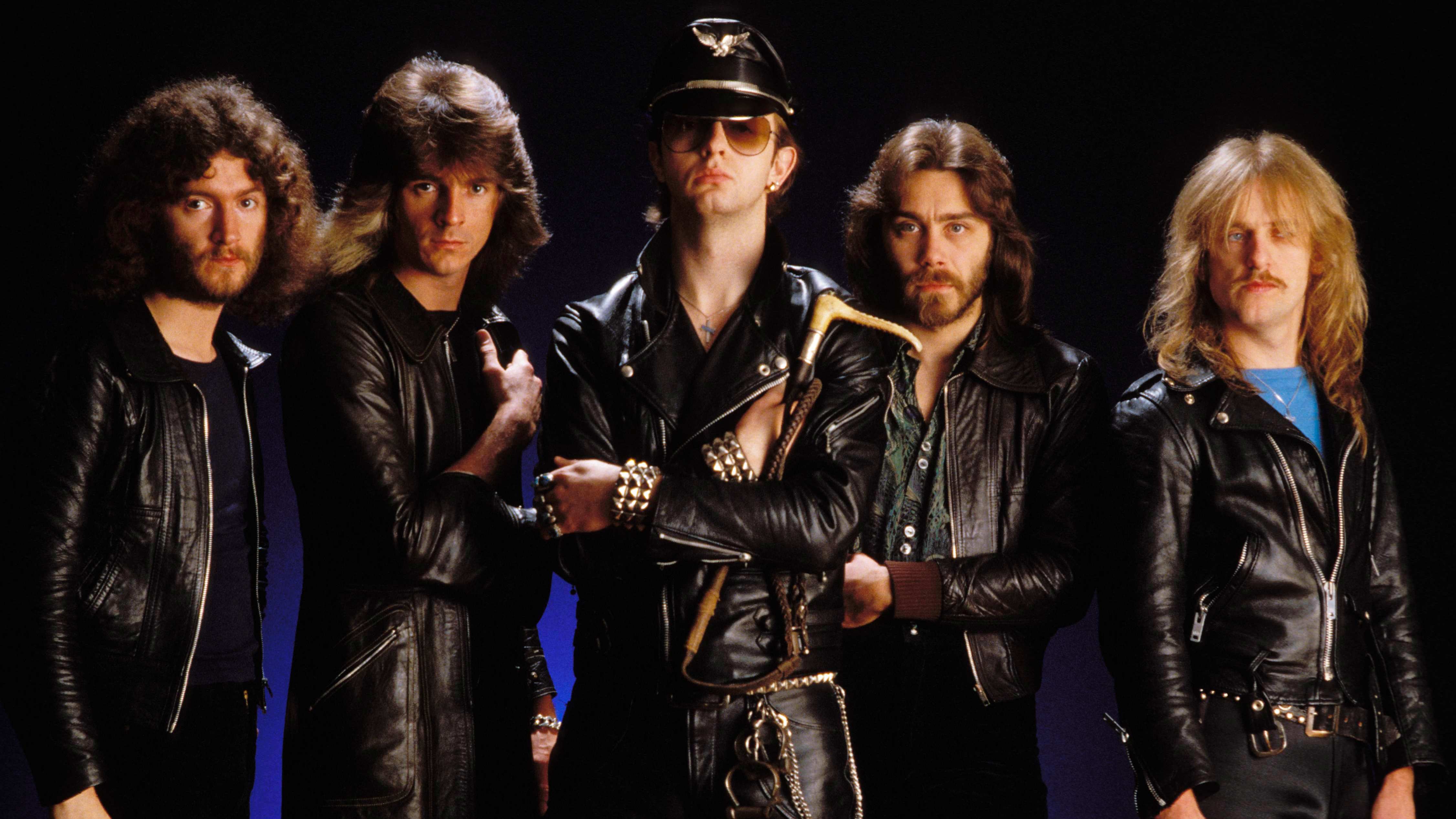NAMM 2020: Korg’s Wavestate synth is a next-gen Wavestation for the 21st century
A ‘90s classic gets reimagined and rebooted
NAMM 2020: Korg has bucked the trend for analogue clones and announced the Wavestate, a new digital synth. While this takes inspiration from the Wavestation, the company’s ‘90s wave sequencing instrument, it reimagines rather than emulates it, and is designed to deliver every-changing sounds and plenty of hands-on control.

Korg Wavestate: the verdict
More than just a trip down memory lane?
Korg says that the Wavestate also takes design cues from modular synths, grooveboxes and algorithmic composition, and many of its features and controls will be familiar. A filter, envelopes, LFOs and effects are all easily accessible from the front panel, while the Dice button can instantly create new sounds via what’s being billed as “intelligent randomisation”. There are 37 full-size keys, and the instrument is compact enough to be considered portable.
Wavestate promises a second-generation wave sequencing engine, deep modulation capabilities, 64 notes of polyphony and the option to use 14 effects simultaneously. Inside, there’s 6GB of PCM driving 700 sounds and 240 performances; there are also 1,000 Wavesequences and storage for more than 10,000 performances. The eight Mod Knobs offer instant access to the most suitable parameters for any given sound or performance.
Designed by the same team that created the original Wavestation in Korg’s R&D department in San Diego, California, Wavestate offers something a bit different in the hardware synth market, and you can find out what we think of it right now in our review. It’ll be released this month priced at $799.99.
Find out more on the Korg website.

Get the MusicRadar Newsletter
Want all the hottest music and gear news, reviews, deals, features and more, direct to your inbox? Sign up here.



I’m the Deputy Editor of MusicRadar, having worked on the site since its launch in 2007. I previously spent eight years working on our sister magazine, Computer Music. I’ve been playing the piano, gigging in bands and failing to finish tracks at home for more than 30 years, 24 of which I’ve also spent writing about music and the ever-changing technology used to make it.









